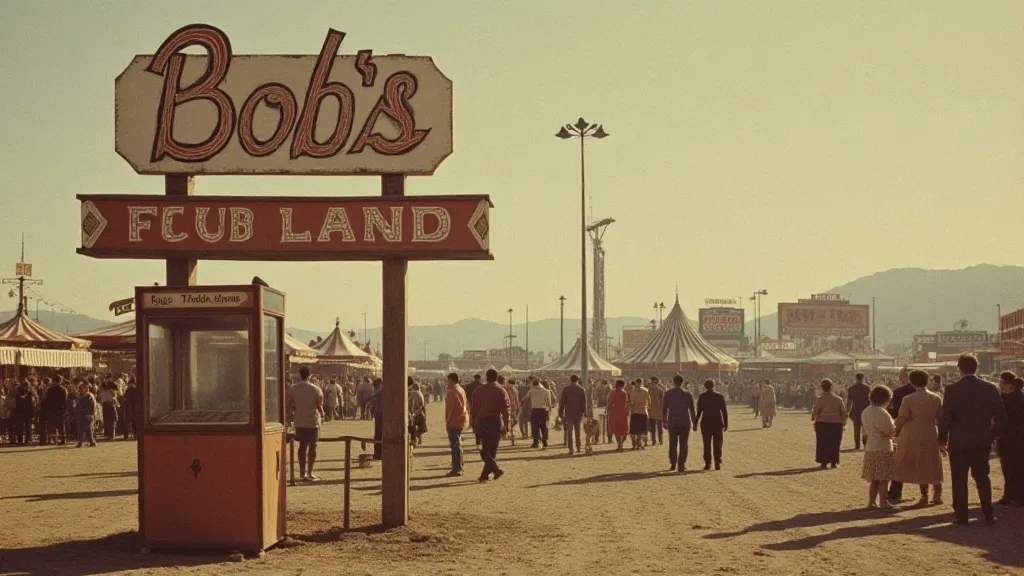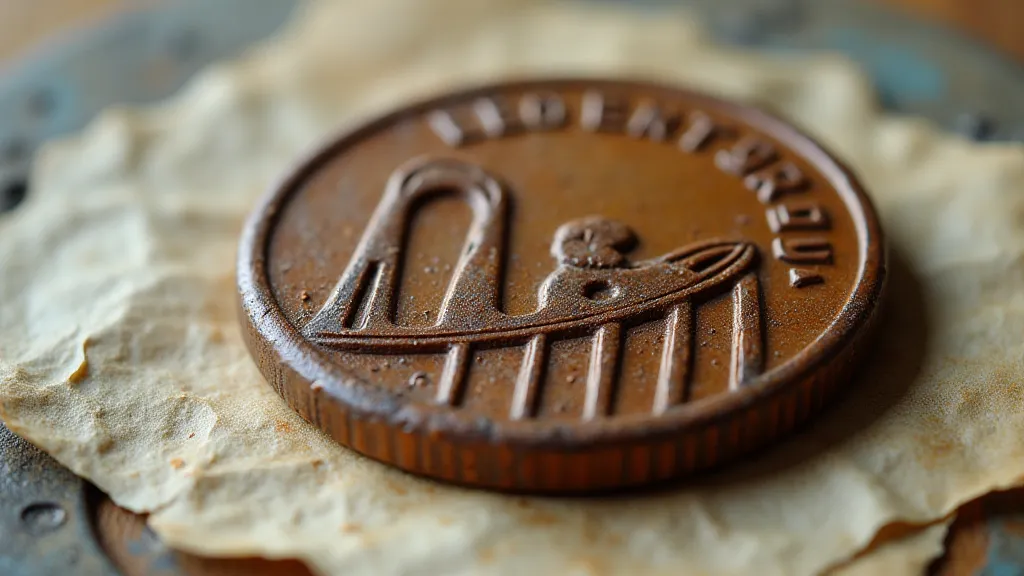Unearthing the Forgotten: Discovering Obscure Pressed Penny Locations
There's a quiet thrill, a profound sense of discovery, that pulses through the heart of a dedicated pressed penny collector. It’s more than just acquiring a souvenir; it's a journey into history, a tangible connection to a bygone era of roadside Americana. We celebrate the iconic designs, the established collections, but what about the forgotten corners? The machines tucked away in dusty antique shops, the long-abandoned attractions, the stories whispered only amongst a few seasoned collectors? This guide is for those who crave that deeper dive, those who seek to unearth the forgotten pressed penny locations.
My own fascination began not with a glittering display of modern pennies, but with a crumbling photograph. It showed my grandfather, a man I barely knew, standing before what looked like a defunct amusement park. Tucked into his hand was a pressed penny, the design faded but unmistakable – a depiction of the park’s now-demolished wooden rollercoaster. That single image sparked a relentless quest. It wasn't just about the penny itself, but about piecing together the story behind it, understanding the context of that fleeting moment in time.
The Allure of Obscurity: Why Seek Forgotten Machines?
The most common pressed penny locations – national parks, museums, major tourist attractions – are well-documented. They offer predictable designs and readily available information. But the real joy, the genuine sense of accomplishment, comes from finding a machine that's been largely overlooked. These forgotten locations tell a story not just of a business or attraction, but of changing times, evolving tastes, and the impermanence of seemingly permanent fixtures. They're miniature time capsules, offering a glimpse into a past that's often vanished completely.
Consider the early days of pressed penny collecting, primarily in the 1950s and 1960s. Penny machines weren’t just at Disney World or Yellowstone. They were at local carnivals, county fairs, small-town attractions, and even gas stations. Many of these businesses are long gone, their locations now occupied by strip malls or housing developments. Finding a pressed penny from one of these vanished institutions is like holding a piece of local history in your hand.

The Tools of the Explorer: Research and Investigation
So, how do you find these forgotten locations? It’s a process of detective work, blending historical research, keen observation, and a healthy dose of persistence. Here are some key strategies:
- Local Historical Societies: These are treasure troves of information. Old photographs, business directories, and newspaper clippings often contain clues about former attractions and businesses that once housed penny machines.
- Online Forums and Collector Communities: Connect with other pressed penny enthusiasts. Experienced collectors often have a wealth of knowledge about obscure locations and are willing to share their findings (and sometimes, even locations!).
- Genealogy Websites: Surprisingly useful! Genealogy sites often contain records of businesses and property ownership, providing insights into past locations.
- Google Earth & Street View: Use these tools to virtually explore areas that were once popular tourist destinations. You might spot old building foundations or landmarks that provide clues.
- Old Road Maps & Atlases: Compare current maps with those from decades ago. You might identify attractions that are no longer listed or have undergone significant changes.
- Intuition and Local Lore: Talk to long-time residents. Often, they hold stories and memories of local attractions that are not documented anywhere else.
Case Studies: Unearthing the Past
Let's look at a few examples to illustrate the process.
The "Lost" Indiana Beach Rollercoaster Penny: For years, rumors circulated about a pressed penny depicting a specific rollercoaster at Indiana Beach amusement park in Indiana. The penny was thought to be incredibly rare, but no one could confirm its existence. Through meticulous research of old park brochures and conversations with former employees, a collector discovered that the machine existed briefly in the late 1970s, but was removed after a fire. The penny is now considered one of the most sought-after in the collecting world.
The Vanished "Mystery Fun House": My own search for my grandfather’s penny led me to the ruins of what was once a roadside attraction called "Mystery Fun House," located just outside of a small town in Ohio. The business failed in the early 1980s, and the building was torn down years later. The pressed penny depicted a quirky, cartoonish figure – the fun house’s mascot. Finding the exact location took months of research and several trips back in time, but holding that penny in my hand, knowing the story it represented, was an incredibly rewarding experience.

Challenges and Considerations
Finding obscure pressed penny locations isn’t without its challenges. Many locations are on private property, requiring permission to explore. Others are inaccessible due to development or natural obstacles. And, of course, there's the risk of encountering unexpected conditions or encountering difficulties navigating old, forgotten roads.
Respect for historical sites and private property is paramount. Document your findings responsibly – photograph locations (with permission) and share information with the collecting community, but avoid damaging or disturbing historical artifacts. Consider the emotional weight of these discoveries; these pennies represent lost moments, vanished dreams, and the relentless march of time.
The Enduring Appeal of Discovery
Pressed penny collecting isn’s just about accumulating objects. It’s about unraveling stories, connecting with the past, and appreciating the craftsmanship and ingenuity that went into creating these small pieces of Americana. Finding a forgotten pressed penny location is more than just a collecting accomplishment; it’s a journey of discovery, a glimpse into a lost world, and a testament to the enduring power of nostalgia. The thrill isn’t solely in the acquisition, but in the hunt, the story, and the connection to a past that’s slowly fading away.

Preserving the Legacy
As collectors, we have a responsibility to preserve the legacy of pressed penny collecting. Documenting locations, sharing information, and respecting historical sites ensures that these stories are not forgotten. The quest for the obscure pressed penny location is not just about finding something rare; it’s about safeguarding a piece of history for future generations. It's a calling to be a historian, a detective, and a guardian of memory all in one.





